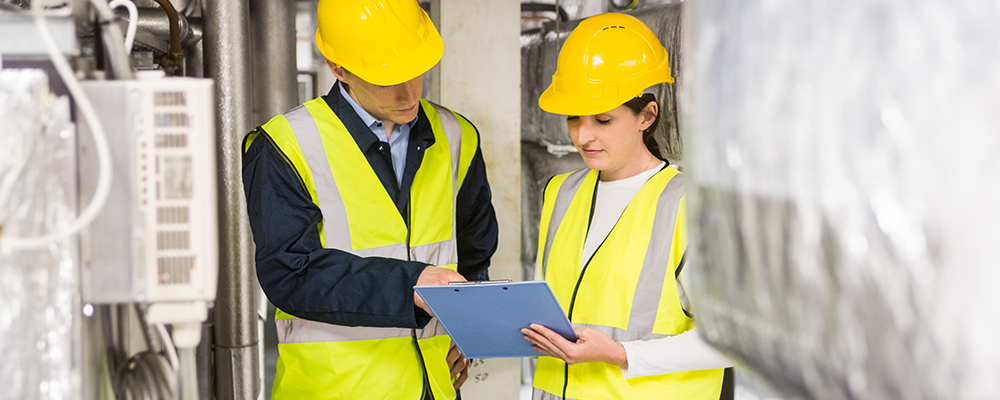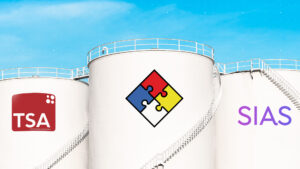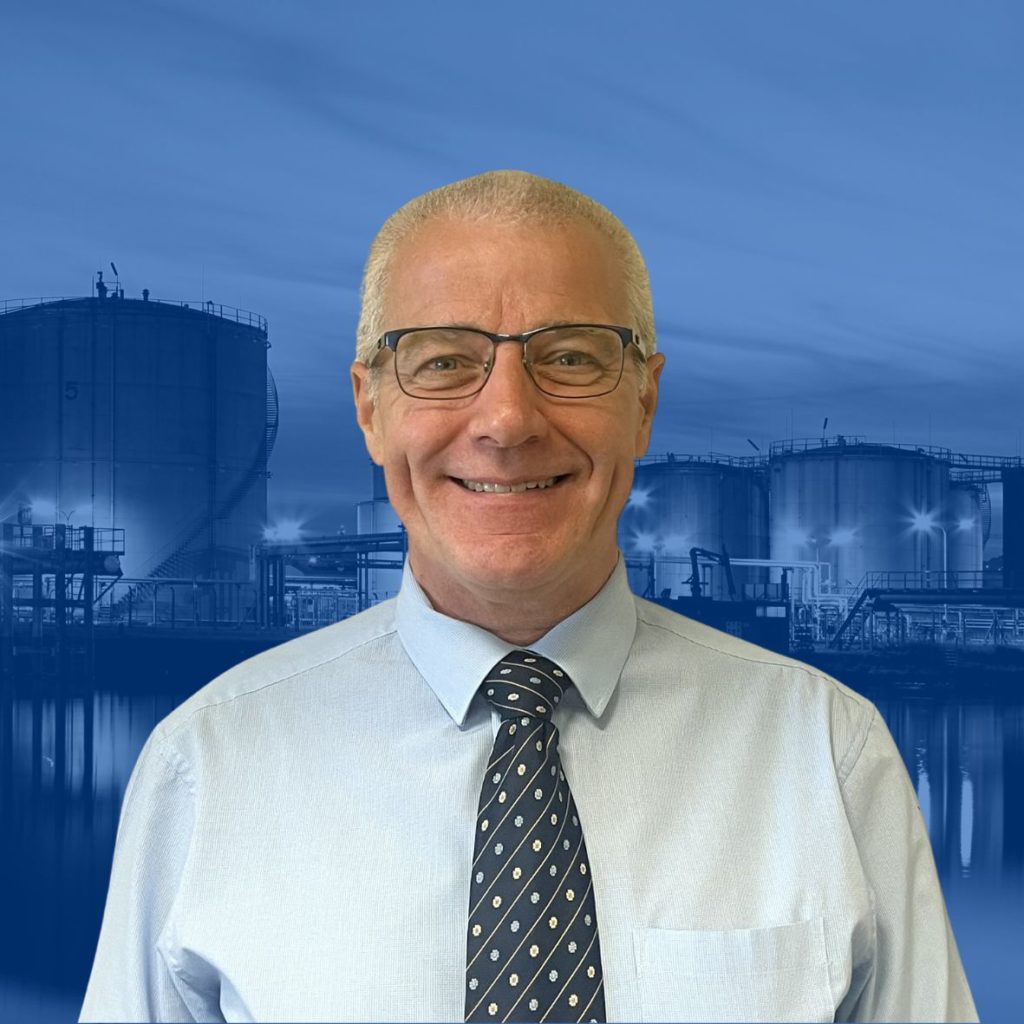

Latest Article

November 10th, 2025
Press Release: SIAS Level 2 Diploma in Bulk Storage Operations
Other posts by this author
November 1st, 2017
7 health and safety quotes that make you think
February 20th, 2017
Competence Management update from The Oil & Pipelines Agency
February 10th, 2017
US CSB to investigate explosion at Packaging Corporation of America
Categories
Competency Health and Safety Articles Health and Safety News Health and Safety Training In-House News Industry News Online Health and safety Process Training Reynolds Training Services rts Training Course Trending Uncategorized
Written by admin
November 4th, 2013
Health and Safety Articles
rts
Like the central nervous system, good safety processes run up and down the backbone of any oil and gas organisation.
From operators on the ground to decision makers in the boardroom, sites are at their safest when they function as one holistic whole.
At the employer level, knowledge is power. What’s happening on the ground? How can we adapt safety systems to the daily ongoings onsite?
This information can be mined from:
So when it comes to oil and gas workers, understanding the hazards they face day in, day out enables systems to be tailored to protect them, the plant and wider environment. Here’s 5 key hazards to be aware of:
Oil and gas workers are particularly vulnerable to transportation incidents as the sites on which they operate are often located in remote places. Travel is required to reach these sites and highway
Vehicle crashes reside as a leading cause of oil and gas extraction worker fatalities.
Under the hood of any oil and gas site resides a multitude of complex working parts. Vehicles in transit, along with falling and unmaintained equipment, can put workers at risk. In the United States, 3 out of every 5 on-site fatalities in the oil and gas industry are due to being struck-by, caught-in, or caught-between pieces of machinery or other elements.
To protect against these hazards:
Explosions and fires are a primary hazard facing oil and gas workers. At both a process and personal safety level, such events can cause damage to plant, equipment and environment, resulting in large numbers of injuries and fatalities.
Managers, operators and safety providers must therefore leave no stone unturned when it comes to processing good on-site safety.
This means:
In instances where oil and gas workers are asked to operate on surfaces above the ground, appropriate fall protection measures should be taken. Depending on the specific conditions, this could include:
Oil and gas workers who operate in confined spaces such as storage tanks and mud pits can encounter a range of potentially fatal hazards.
Make sure workers are regulatory compliant by providing training for employees authorised to enter confined spaces.
When accidents occur, they usually do so without warning. It is equally crucial then that operators wear the right Personal Protective Equipment at all times.
This is particularly the case when we consider that the UK Regulator states it is a mandatory requirement for employers to ensure operators are fully equipped.
Written by admin
November 4th, 2013
Health and Safety Articles
rts

Let’s get
learning together!
Lines open Monday to Friday, 9am to 5pm, GMT

Prefer to talk by email?

Send a message to
enquiries@reynoldstraining.com
or fill in the form and a member of our safety team is standing by to help.
- John Reynolds